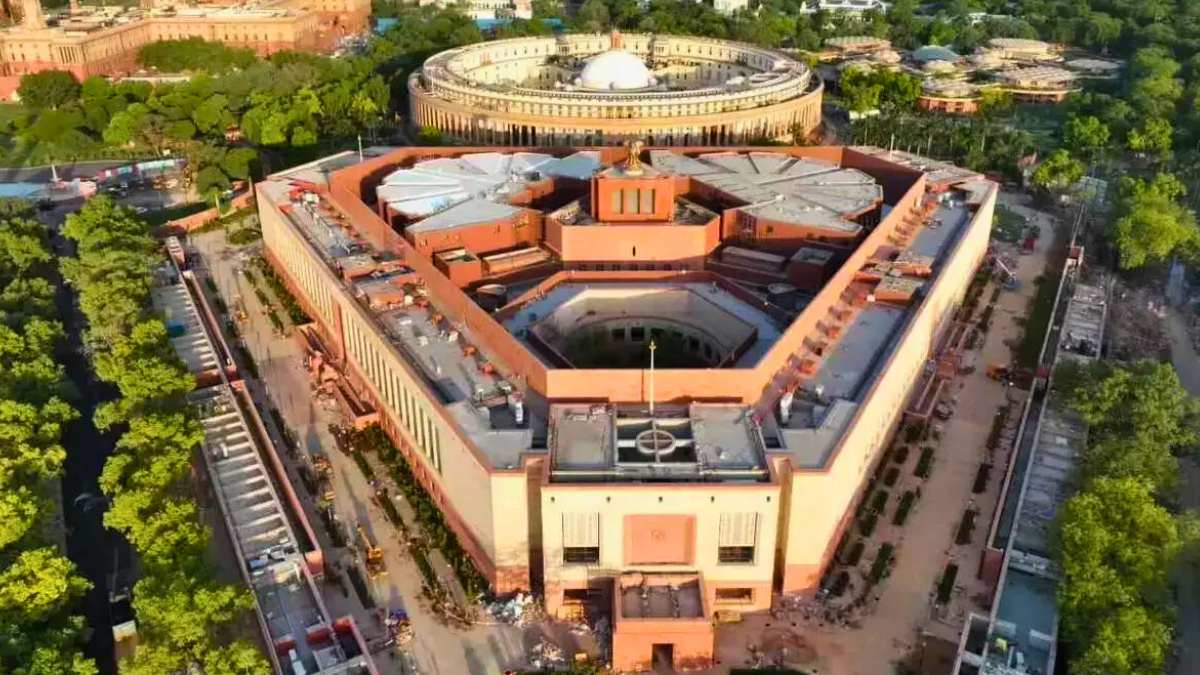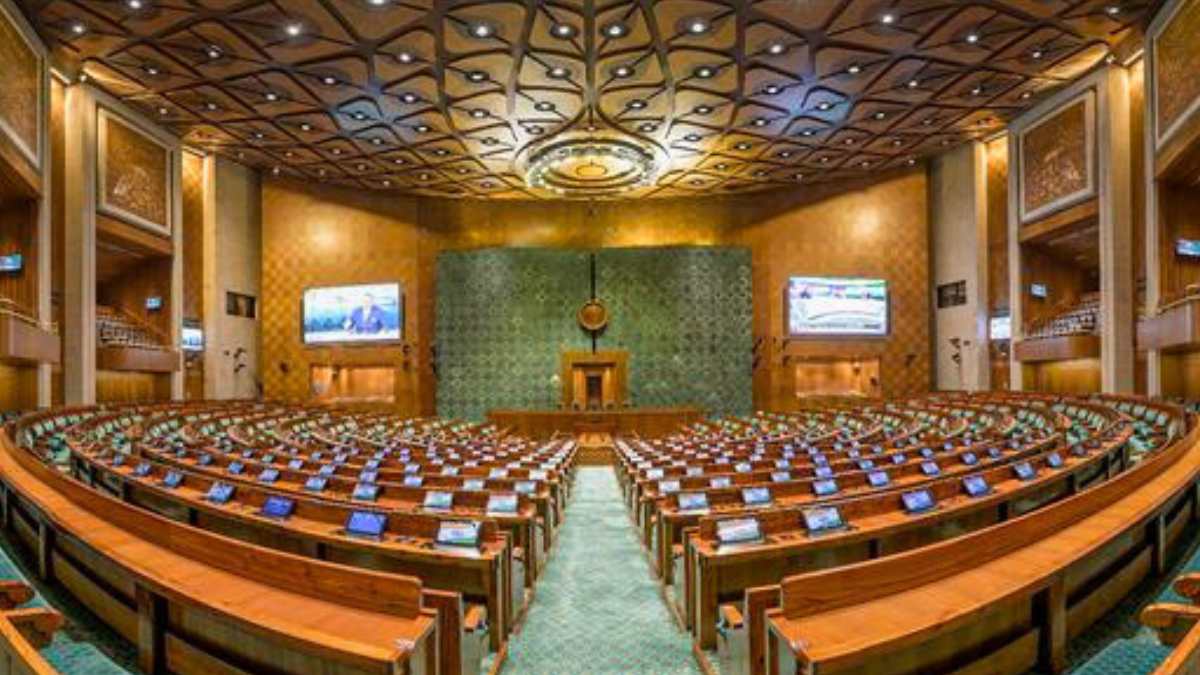Historic move: Indian MPs relocate to new Parliament House

Three months following its grand inauguration, Members of Parliament officially relocated to the new Parliament House on Tuesday, September 19, marking an iconic moment in Indian history.
A casual stroll around the former Parliament building unveils a stark absence of Indian cultural symbols. The old structure failed to represent Indian heritage adequately. This void has been significantly addressed in the new Parliament building, inaugurated by Prime Minister Narendra Modi on May 28.
The grand entrance gates of the new Parliament House are a testament to India’s rich cultural and civilizational history. The interior of this ‘temple of democracy’ showcases the three national symbols of India: the lotus, the peacock, and the banyan tree.
The new Parliament boasts six gates, each named after real and mythological creatures. They serve as sentinels, imparting the sense of entering a profoundly important establishment.

Gaja Dwar, located on the north side, pays homage to the elephant, symbolizing intellect, memory, wealth, and wisdom. Hamsa Dwar is named after the swan, a representation of self-realization and wisdom, often associated with the goddess Saraswati. Shardula Dwar, characterized by a lion’s body and a horse, elephant, or parrot’s head, symbolizes the power of the people. Garuda Dwar, situated at the eastern entrance, represents power and dharma (duty). Makara Dwar, facing the old Parliament building, embodies protection. Ashwa Dwar, named after the Sanskrit word for horse, symbolizes power, strength, and courage.
While the exterior reflects Indian culture and mythology, the interior harmonizes modernity with technological sophistication. Advanced security measures, including facial recognition and retina scans, are in place. Each MP is equipped with a digital interface, promoting eco-friendliness by reducing paper usage.
The Parliament features a cutting-edge sound system that eliminates echoes and digital screens for real-time information updates, reinforcing transparency in legislative proceedings.
Prime Minister Modi’s commitment to sustainability is mirrored in the new Parliament’s design, harnessing natural light to reduce energy consumption.
In conclusion, the new Parliament building marries technology with tradition, setting an inspiring example for future constructions worldwide, emphasizing the importance of technological advancement without sacrificing cultural heritage. It is a testament to modern architectural marvels that celebrate historical and cultural roots.
